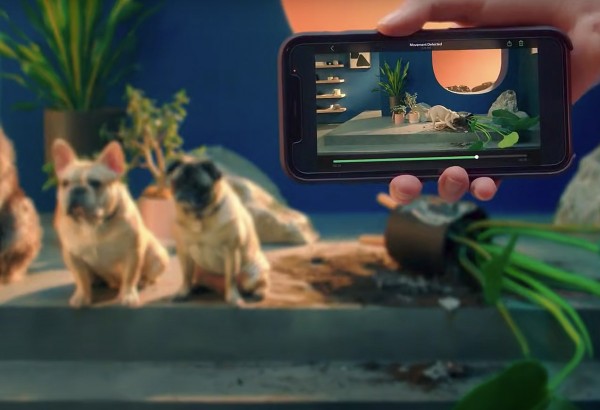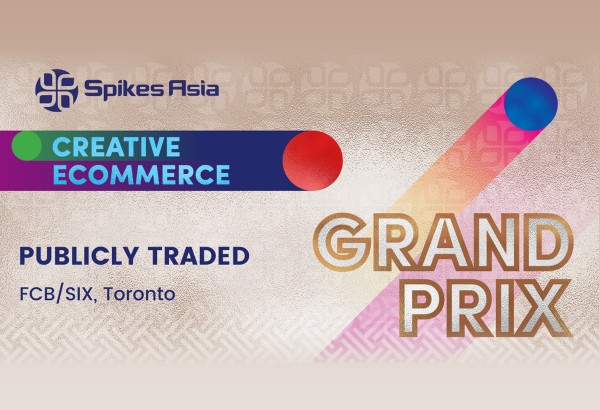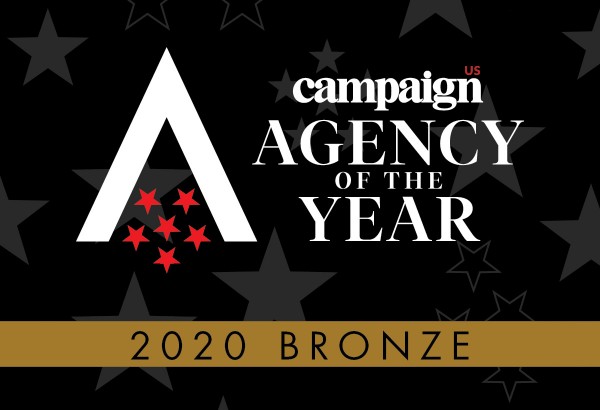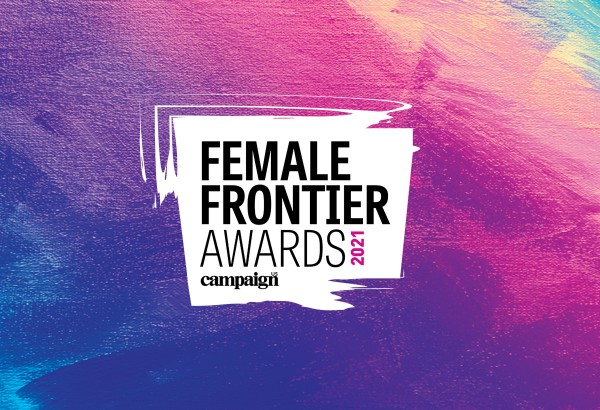A Marketer’s Guide to Gaming
27 Apr 2022

THE FACTS
The gaming world is seeing explosive growth:
Global gaming revenue ($220B CDN) has surpassed the global film industry and all North American sports combined.
One of the fastest growing industries:
23% increase in global gaming revenue from 2019 to 2020.
Gaming adoption and sales accelerated pre- and during pandemic:
Pandemic lockdowns led to a huge jump in people playing video games, but gaming had been growing rapidly before the pandemic thanks to the increased variety of ways to play games: digital-copy game sales, subscription models, freemium, digital distribution platforms, and more.
Leading companies incorporating gaming:
This year Zoom, Netflix, Peloton, and many others have announced the addition of gaming into their platforms.


GAMING IS CULTURE
- The participants speak a distinct language, use distinct symbols and imagery, and connect with other
gamers through their own set of tools and platforms. - Gaming no longer means geeking out in your mom’s basement. A common activity now, part of a
modern and digital lifestyle especially spanning a range of ages. It breeds a sense of community,
competition, and comradery. - Games are now an extension of how people socialize online with another – a way to stay connected
with friends and family, and part of a daily routine. Fortnite, for example, has become more a hangout spot than just a battle royal game routine. - Gaming is a venerable robust market, yet underutilized. The community is smart and willing to try new
things. The key is to provide them with an authentic experience worth having.
KEY TAKEAWAY:
Leaning into gaming requires authenticity. Don’t just default to low-hanging fruit. Consider gaming as a part of your brand’s overall ecosystem and an opportunity to build relationships with new audiences. Gamers are humans who need insurance, banking, cars, mortgages, food, clothes, furniture and everyday necessities. If you take the time to align with their interests, they’re more likely to associate your brand as one they trust.



STRATEGY FIRST, PLEASE!
- There is a lack of standardization across the industry creating a huge barrier to success – no two games are the same, no two engines are the same, no two audiences are the same!
- The obvious starting point for brands tends to be in-game product/ad placement – far from a new concept. This approach can often result in tactical one-offs, “stunty” executions and short-sighted outlook on the massive potential gaming can offer.
- What is new(ish) is the plethora of tools, technologies, and support that’s available to enable brands to create platform-led, connected experiences that drive longevity. For instance, Roblox works directly with brands to help navigate the possibilities of their platform. Twitch offers various platform features like “Drops” which enable brands to seamlessly grant in-game rewards to the Twitch community.
KEY TAKEAWAY:
Develop a gaming strategy with a 2 to 3 year roadmap with specific platform(s), and games that align to your brand’s ecosystem and performance marketing efforts. With the cookieless world around the corner, there’s a plethora of opportunities to connect and grow first party data through gaming activations.




NOT ALL GAMING SPACES ARE CREATED EQUALLY
- Gaming is not a channel, it’s a massive collection of games, channels, platforms and tools, each with its own subculture, demographic, and context.
- Before entering a particular gaming space, understand the mindset of the gamers there. Why do they like being there? How much time do they spend there? How would they like to see your brand show up?
- We see fashion brands like Balenciaga, Gucci, and Louis Vuitton connecting with new audiences in games where aesthetics and personalization are highly valued. Movie franchises like Marvel’s Avengers and Star Wars are leveraging big online social games like Fortnite, setting in place an in-game framework to build continuous excitement around new film launches. Cosmetics brands Johnson & Johnson’s Carefree, L’Occitane, and Benefit Cosmetics are showing up in esports as sponsors, with a focus on empowering young female gamers.
KEY TAKEAWAY:
Focus on the math, the data, and the gaming mindsets to help you select which gaming platform and games are aligned to your brand and most likely to yield positive results.





IMMERSE YOURSELF IN THE TOOLS OF THE TRADE
- There is so much to learn and discover in the rich world of gaming—it’s filled with hidden gems that will reveal new opportunities for brands and connect with gamers on their level. Some of this is only discoverable through trying it out for yourself (you, not your brand).
- Take note of how you feel while participating in specific games or gaming platforms. This will help you understand why gamers are in that particular space to begin with, as well as provide additional context around the demographic of that specific game/platform.
- Think about how challenging it would be to create a brand presence on Facebook without ever having used Facebook before, or without understanding why people are even on Facebook to begin with. It’s the same with gaming—you should understand first-hand what is happening in a space before you enter it.
KEY TAKEAWAY:
Join a Twitch stream, join a raid party, have a friendly chat on Discord. Get familiar with the gaming world, the language, the behaviour. If you don’t know what you’re talking about, they won’t know what you’re talking about.






CREATE VALUE, NOT NOISE
- Like any other campaign, it’s important to measure success in this space. Too many brands enter gaming, wanting to make a big splash, without fully understanding how gamers felt about it.
- Think long-term. It’s simple enough to execute a stunt in this space, but building long-term relationships with gaming audiences can be an interesting challenge, especially for out-of-category brands.
- Did you provide value or just create noise in the space? To fully quantify the value, listen to the players, the established gaming press, bloggers, influencers, and other major players in that space.
KEY TAKEAWAY:
How are your industry and brand perceived in gaming spaces? Social listening and the gaming press can tell you a lot, so get familiar with the major gaming news publications and influencers.







EVOLVE AND ADAPT
- People grow with gaming, their interests in different games and platforms continue to evolve over time. They grow older, have families, their kids start to game, gaming becomes a family activity, and the cycle continues.
- Gamers have grown up with dynamic experiences. What’s new? This cultivates a short attention span, but also an appreciation for consistency. You need to show up and make an impact to build trust in this culture.
- This culture generates content before it hits your feed. They are the trendsetters and the meme lords. Don’t try to own it, instead roll with it.
KEY TAKEAWAY:
Create an active listening plan and take your cue from the audience. Change is inevitable and expected in this space and the ability to pivot is a reality. Give your audience a season rather than an episode.

















